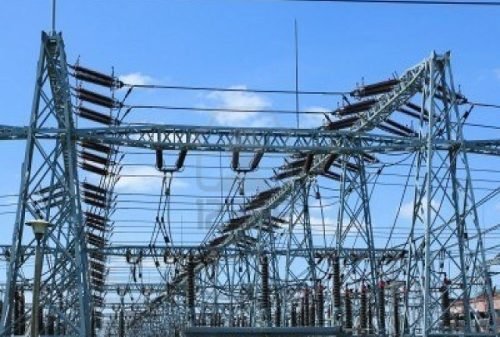A global climate organization backed by the Rockefeller Foundation and the Bezos Earth Fund is piloting a solar mini-grid program in Nigeria, which could boost productivity in Africa’s most populous country, Bloomberg reports. This could provide a solution to the unstable power supply that degrades energy consumption.
In the report, the Global Energy Alliance for People and Planet initially said it wanted to build pilots in each region covered by Nigeria’s 11 electricity distribution companies, eventually facilitating 10 gigawatt mini-grids. are.
This program is in addition to previous efforts to build mini-grids in areas without access to the country’s electricity supply.
The Global Energy Alliance for People and Planet was founded in 2021 by the two groups and the IKEA Foundation and launched in December to help build the first so-called interconnected mini-grid. I did.
It turns out that two more such grids are under construction and there is funding for a fourth.
Operated by a private developer, the facility will supplement the several hours of power available from the national grid for consumers to keep their businesses and homes powered 24 hours a day.
“We need hundreds or thousands of projects of this kind across Nigeria to end energy poverty,” said Muhammad Wakil, country delivery director for New York-based Geapp. said in an interview at one of the projects.
According to Bloomberg, Nigeria has the world’s largest population without access to electricity, about 86 million people, while the remaining population of about 230 million people have little access to electricity.
The national grid supplies only 4,000 megawatts, about one-sixth of the electricity generation in South Africa, which has one-fourth the population, and there are regular blackouts that can disrupt supply across the country.
Geapp’s Renewable Technology Demand Aggregation (Dart) program pools the needs of multiple developers to reduce the cost of solar installations, according to Bloomberg. It also operates a $25 million loan facility where developers borrow dollars to import equipment and repay it in Nigeria’s naira currency once revenue starts coming in.
“This activity has identified savings of up to 30% for developers,” Wakil said of the pool arrangement.
“Geapp takes advantage of the rules introduced by the government last year that allow mini-grids to operate in parallel with the national electricity grid by providing grants, loans and technical assistance to mini-grid developers.
“The success of this program led the World Bank to commit $130 million to develop a similar facility,” the report quoted Wakil as saying.
The site in Ogun State was revealed to be a 1MW solar mini-grid built by Darway Coast, a Nigerian mini-grid company.
It is hoped that by the end of the year, this power will be able to power the community all day long, rather than the eight hours provided by Disco.
The Dart project is seen as a model for the Mission 300 plan announced by the World Bank and African Development Bank, which jointly committed $30 billion towards the goal of providing electricity to 300 million Africans by 2030. has been done.
“Mission 300 feels like it’s based on the experience in Nigeria. Mission 300 is about expanding this and replicating it in at least 15 African countries,” Wakil said.

